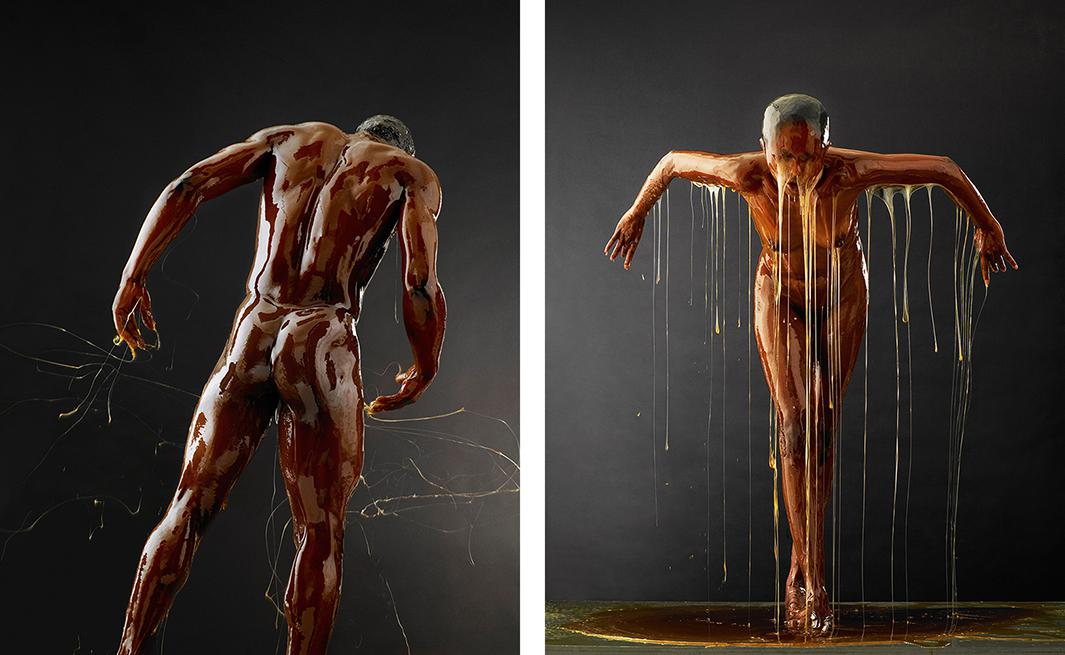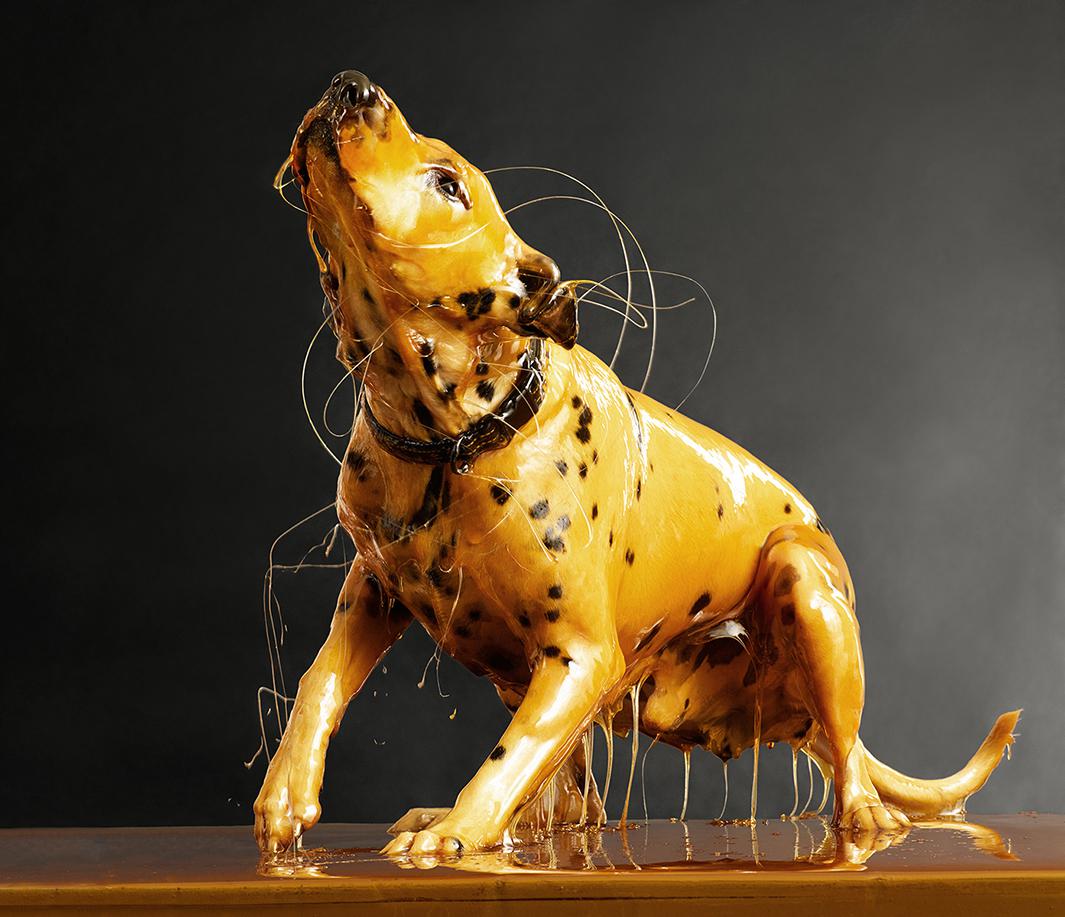This post contains nudity.
Blake Little was photographing a “bear” when he decided to try out a few tongue-in-cheek ideas—so he introduced some honey. Inspired by the experience, the following week, Little invited a friend to come by his studio to take some portraits with honey covering his head and beard and eventually his body.
“I realized that everyone has to be encased in it and that’s what made the most powerful image,” Little said about his series “Preservation.” From there he began advertising for models, finding people on Craigslist as well as through agencies that represented professional dancers and models, and started shooting in a larger studio working on the series from 2012 until around the middle of 2014.
Although there is a fascination with the process of how the images were made, Little said that the idea is really a celebration of the human form, something that took on a universal quality when the honey—he used 1,000 pounds of it a week during shooting—was added.

Blake Little

Blake Little

Blake Little
“When I normally take portraits, the person’s connection and their eyes are the most important part of the photograph, how they connect to the camera,” Little said. “So with the honey their eyes are shut so the physicality of being covered in honey and the physical experience replaces the emotion of the eyes. People react differently to the experience and that creates the emotion of the picture.”
“That’s why the photographs are still portraits: People are reacting individually to the experience.”
Little added that some people were able to stay in the moment for more than an hour, while others clearly wanted the process to be sped up.

Blake Little
“Those different responses created some of the power in the photos,” he said. Creating the images was heavy on production. Honey was shipped in 5-pound containers that two assistants would then pour over the subjects. The honey was collected as it fell off of the subjects and recycled. Although he used one variety of honey, the way it reacted with skin color and lights created a body of work that is rich in tones. Little never tried it out himself, saying he knew he wouldn’t end up using his own photo and it would end up being too much of a process to experiment.
Since it’s release, the work has gone viral, something Little said has been “a little surprising and a little overwhelming.” Some of the comments he has received have focused on the misconception of the use of honey with people feeling Little was abusing bees. Fortunately, an expert beekeeper validated his art.
“She sent me a message saying she loves the pictures and I said I’m getting flack from people saying I wasted the honey and that it hurts bees. She said it’s the contrary, that by harvesting honey the beehive is actually more efficient … the best way to save the bees is for people to plant flowers.”
“Preservation” is on view at Kopeikin Gallery in Los Angeles through April 18.

Blake Little
